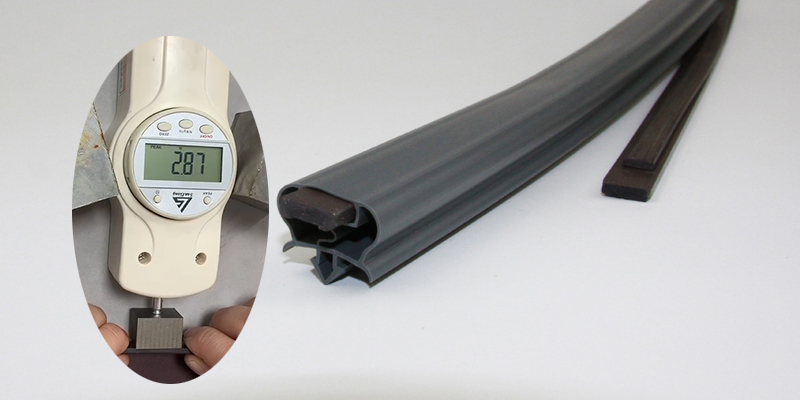Oct . 06, 2024 21:33 Back to list
types of bottom door seals
Types of Bottom Door Seals A Comprehensive Guide
Bottom door seals play a crucial role in maintaining energy efficiency, enhancing comfort, and providing insulation in residential and commercial structures. These seals are designed to fit at the base of doors, creating a barrier against drafts, moisture, dust, and pests. In this article, we will explore the various types of bottom door seals available, their unique features, and their applications.
1. Weatherstrip Seals
Weatherstrip seals are among the most common types of bottom door seals. They are usually made from materials like foam, rubber, or vinyl. These seals are designed to compress against the floor when the door is closed, forming a tight barrier that prevents air leakage. Weatherstrip seals are ideal for exterior doors, as they offer excellent insulation against outdoor elements. They come in various thicknesses and lengths, allowing for customization based on the specific door dimensions.
2. Threshold Seals
Threshold seals are typically mounted to the door frame at the bottom of the door. They not only provide insulation but also serve as a ramp to help doors glide smoothly. Threshold seals are usually made from aluminum, rubber, or vinyl, and are often used in conjunction with weatherstrip seals for enhanced protection against drafts and moisture. This type of seal is particularly useful in areas where heavy foot traffic is common, as they withstand wear and tear better than other materials.
3. Sweep Seals
Sweep seals, often referred to as door sweeps, are attached to the bottom edge of a door. They consist of a long piece of flexible material, often rubber or vinyl, that extends down to the floor. When the door closes, the sweep creates a seal against the floor, preventing air and moisture from entering. Sweep seals are particularly effective for internal doors, as they help reduce noise transmission between rooms while also providing protection from dust and insects.
4. Magnetic Seals
types of bottom door seals

Magnetic seals work similarly to weatherstrip seals but incorporate magnets to create a tighter seal. These seals are commonly used for high-end doors and are especially effective in preventing drafts and noise. The magnets allow the seal to snap into place, ensuring a snug fit. Magnetic seals are often used in industrial or commercial applications where a high level of sealing performance is required.
5. Pneumatic Seals
Pneumatic seals utilize air pressure to create a barrier. These seals can be activated by the force of the door closing, inflating a rubber tube that presses against the floor. Pneumatic seals are extremely effective at blocking air and moisture and are often used in environments where maintaining climate conditions is critical, such as in laboratories or climate-controlled storage facilities.
6. Self-Adhesive Seals
For those looking for a DIY option, self-adhesive seals are available. These seals can be easily attached to the bottom of a door without the need for screws or additional tools. Made from foam or rubber, self-adhesive seals come in various sizes and can be cut to fit the door’s dimensions. They are suitable for temporary solutions or for those who may want to change seals frequently.
7. Shrink Seals
Shrink seals are an innovative type of door seal made from a flexible plastic material that shrinks when heated. When applied, these seals create a tight barrier against drafts and moisture. They are particularly popular for windows and doors in colder climates, providing an extra layer of insulation during winter months.
Conclusion
Choosing the right bottom door seal depends on several factors including the type of door, the specific environmental conditions, and the desired level of insulation. Whether you opt for weatherstrip seals, threshold seals, or more advanced options like pneumatic seals, the benefits of installing a bottom door seal are clear. Not only do they enhance energy efficiency by reducing heating and cooling costs, but they also improve comfort, reduce noise, and limit unwanted pests from entering. With a variety of materials and designs available, you can find the perfect seal to meet your needs and ensure that your space remains inviting and energy-efficient.




